Pollution
5 Minute read

Subhalaxmi
2022-02-02 7PM
Debunking Five myths around plastic pollution
There are a lot of facts and statistics surrounding plastic and plastic pollution. The fact that this phenomenon is everywhere, makes it all the more difficult to gather accurate information from all over the world. With this article, we intend to address some common misconceptions about plastic pollution.
Myth 1. Plastic eventually breaks down
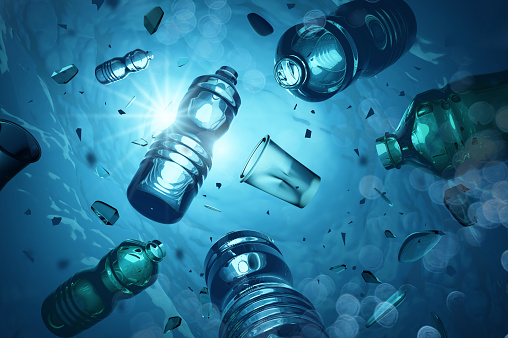 Plastic was designed to defy nature, it persists in the environment for a long time. Instead of decomposing, it breaks up into smaller pieces known as microplastics. They are tiny pieces of plastic that form about 90% of plastics present in the oceans right now.
They pose a huge threat to marine animals, who often confuse them with food, owing to the size. Marine trash is spread across many parts of the world and a lot of the damage is also done by chemicals used in the production of plastic.
Plastic was designed to defy nature, it persists in the environment for a long time. Instead of decomposing, it breaks up into smaller pieces known as microplastics. They are tiny pieces of plastic that form about 90% of plastics present in the oceans right now.
They pose a huge threat to marine animals, who often confuse them with food, owing to the size. Marine trash is spread across many parts of the world and a lot of the damage is also done by chemicals used in the production of plastic.
Myth 2. Plastic takes 450 years to break down
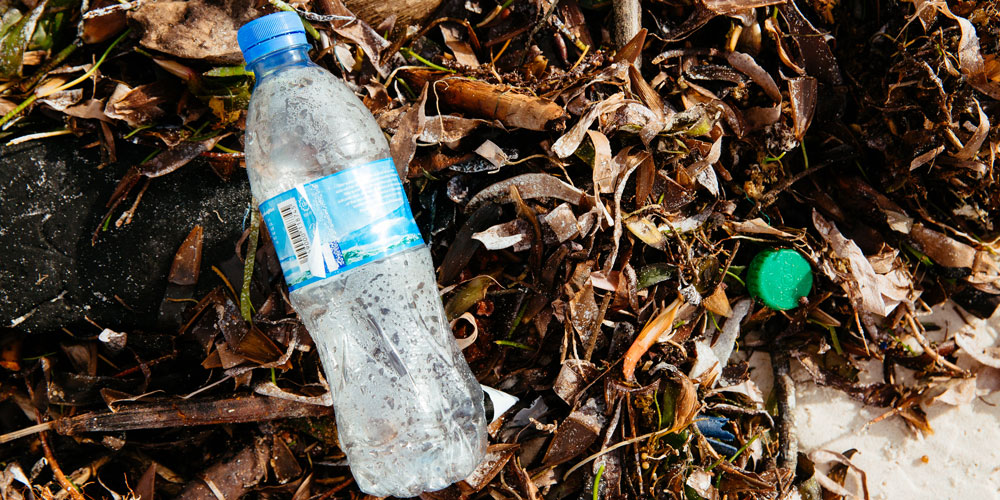 A trending statistic that we come across states that “plastic bottles take 450 years to break up”. There is indeed no evidence to prove the statistic, as plastic itself was invented 150 years ago.
What we do know is that it has been made to defy natural processes, which could help the material last for hundreds or even thousands of years, depending on the elements used.
A trending statistic that we come across states that “plastic bottles take 450 years to break up”. There is indeed no evidence to prove the statistic, as plastic itself was invented 150 years ago.
What we do know is that it has been made to defy natural processes, which could help the material last for hundreds or even thousands of years, depending on the elements used.
Myth 3: Only a few types of plastic can be recycled
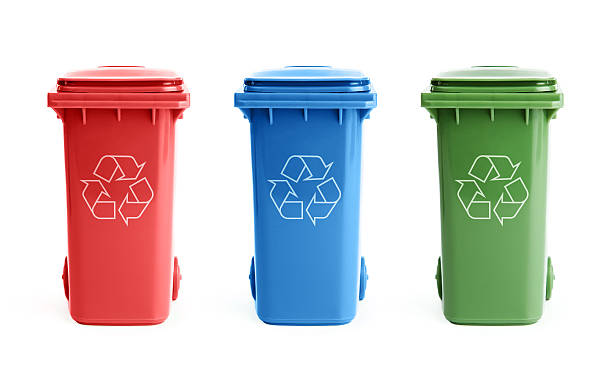 Contrary to popular belief, every type of plastic created can in fact be recycled. While there are many types of recycling bins that are used for collecting plastic waste, they are solely done in order to segregate and organize them in a better way. Be it in terms of the degradation that has already been done to the plastic or the utility of it, the plastic items need to be categorized in many different ways to help process them so they can be recycled along the material’s cycle so as to make the best use of it.
Contrary to popular belief, every type of plastic created can in fact be recycled. While there are many types of recycling bins that are used for collecting plastic waste, they are solely done in order to segregate and organize them in a better way. Be it in terms of the degradation that has already been done to the plastic or the utility of it, the plastic items need to be categorized in many different ways to help process them so they can be recycled along the material’s cycle so as to make the best use of it.
Myth 4: Industries and ships are responsible for plastic dumped into the oceans
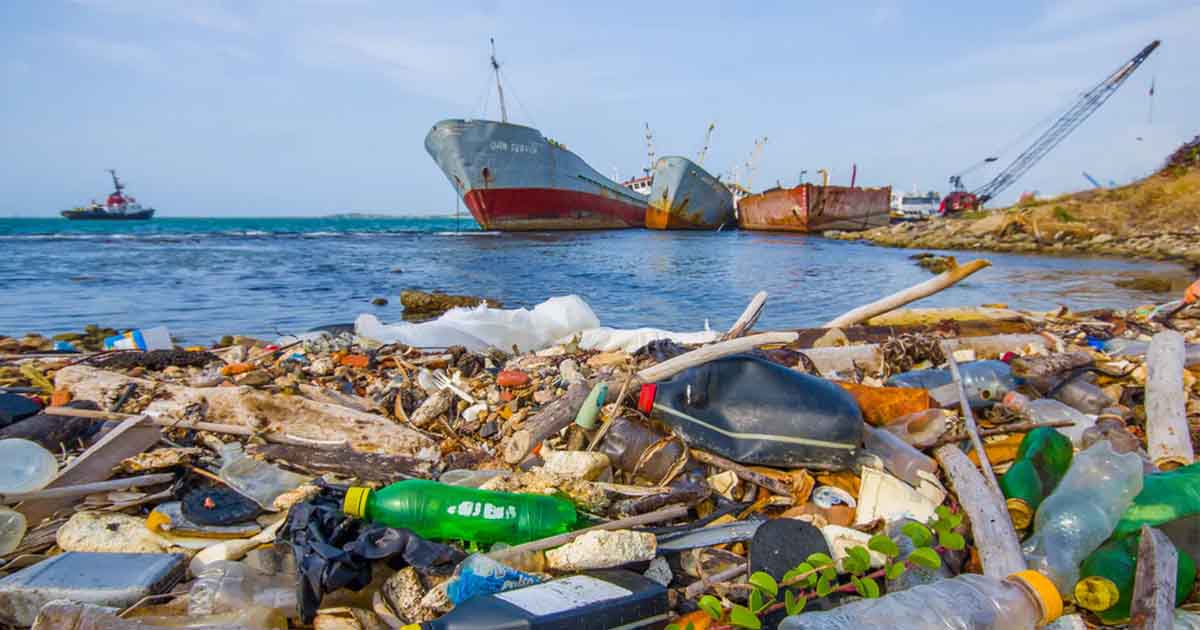 The single largest source of plastic waste in the oceans is in the form of single-waste plastic, despite substantial contribution to the same dumped by industries and large carrier ships. Plastic caps of containers, bottles, wrappers, covers and containers- such items are used by common people like us, thus adding to the waste that ends up in the oceans.
The single largest source of plastic waste in the oceans is in the form of single-waste plastic, despite substantial contribution to the same dumped by industries and large carrier ships. Plastic caps of containers, bottles, wrappers, covers and containers- such items are used by common people like us, thus adding to the waste that ends up in the oceans.
Myth 5: We cannot stop plastic pollution
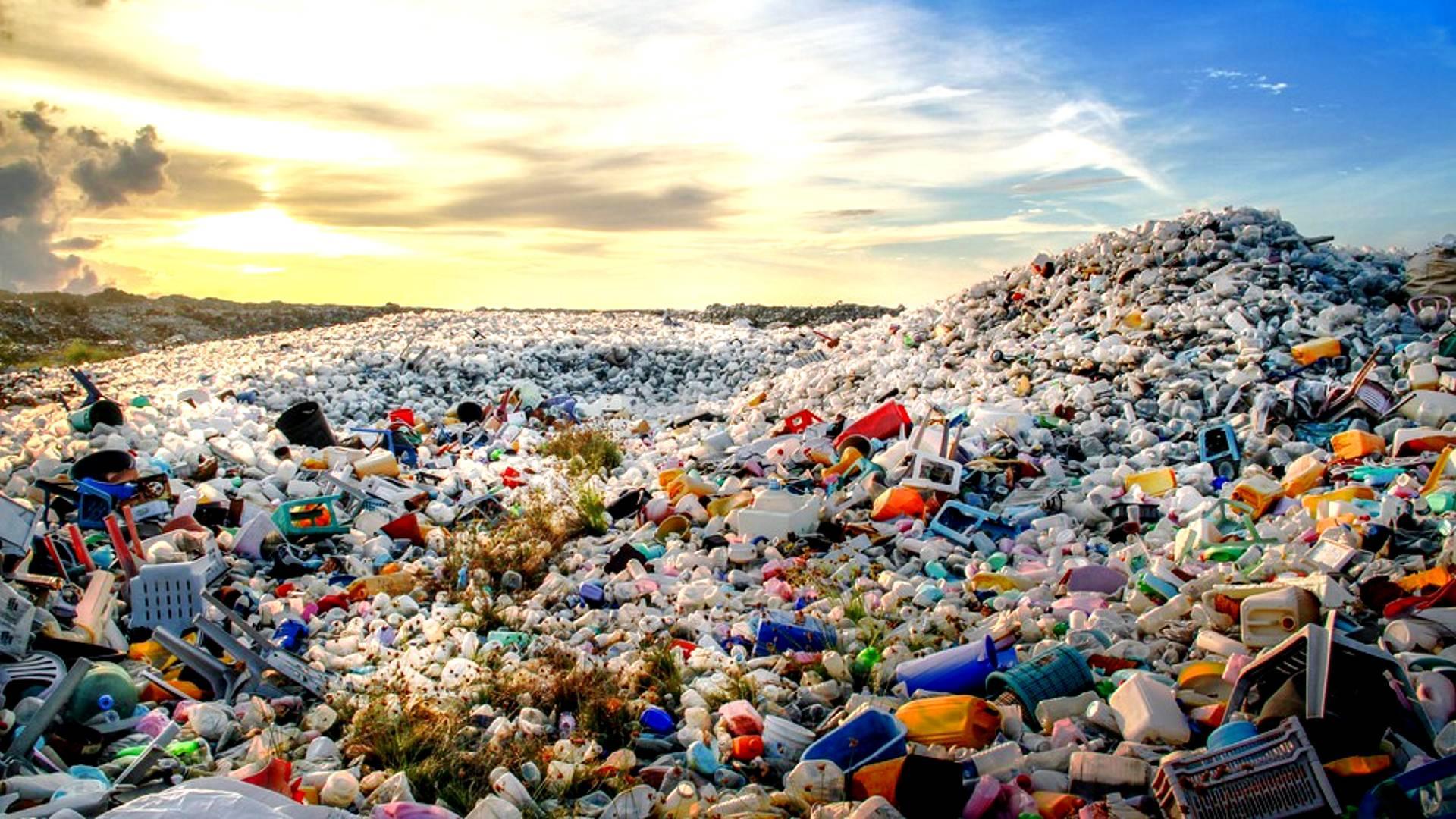 While many organizations are working to create plastic that is biodegradable, or breaks down more easily, the plastic that is out there still needs a long time to degrade.
Hypothetically, if we stop putting plastic in the ocean now and allow the existing plastic to break down, eventually there would be none remaining.
While many organizations are working to create plastic that is biodegradable, or breaks down more easily, the plastic that is out there still needs a long time to degrade.
Hypothetically, if we stop putting plastic in the ocean now and allow the existing plastic to break down, eventually there would be none remaining.
Hence, environmental experts all over want us to focus on reducing plastic waste as our biggest priority, so as to help in reducing the long-term impact
There is no quick fix solution to the plastic problem, but we can all do our bit to reduce the amount of plastic waste that is created in the first place. Plastics do break down, but it takes much longer than we need them to.
Policy changes, corporate responsibility, collaborations and effective communication- they all have important roles to play in implementing solutions. It will indeed take a village to help build a cleaner and safer environment, but as more ideas are exchanged, the more we learn and it becomes easier to work to adopt solutions on a larger scale.
We, at Climajo, are exactly working towards building a platform for people to discover and learn the various ways they can help reduce their carbon footprint, with reduction of plastic usage an important part of it.


